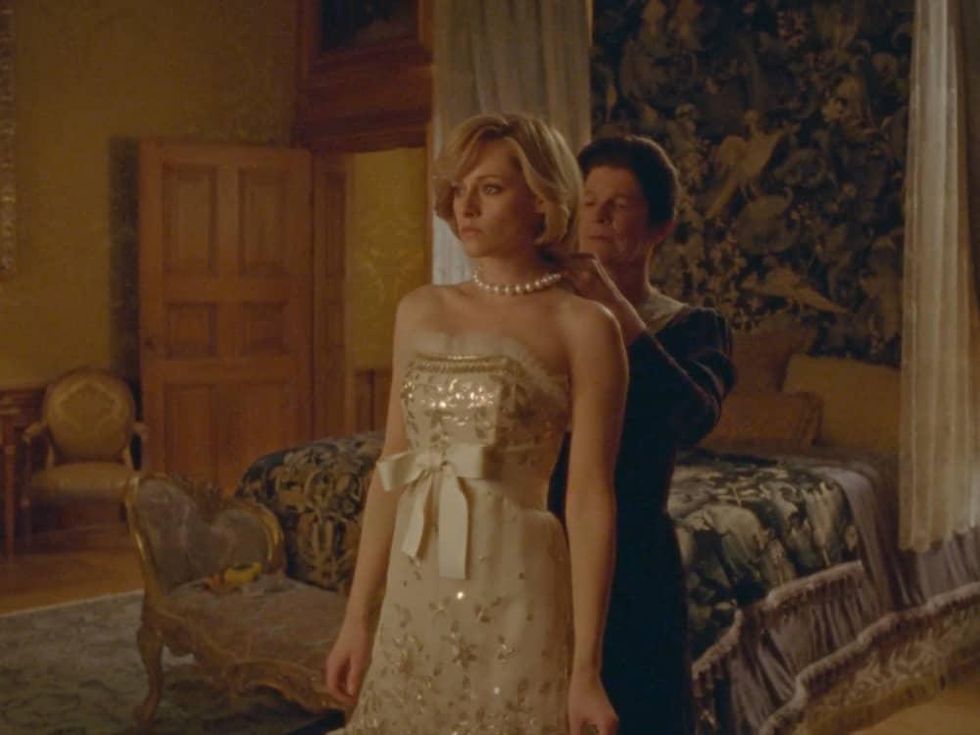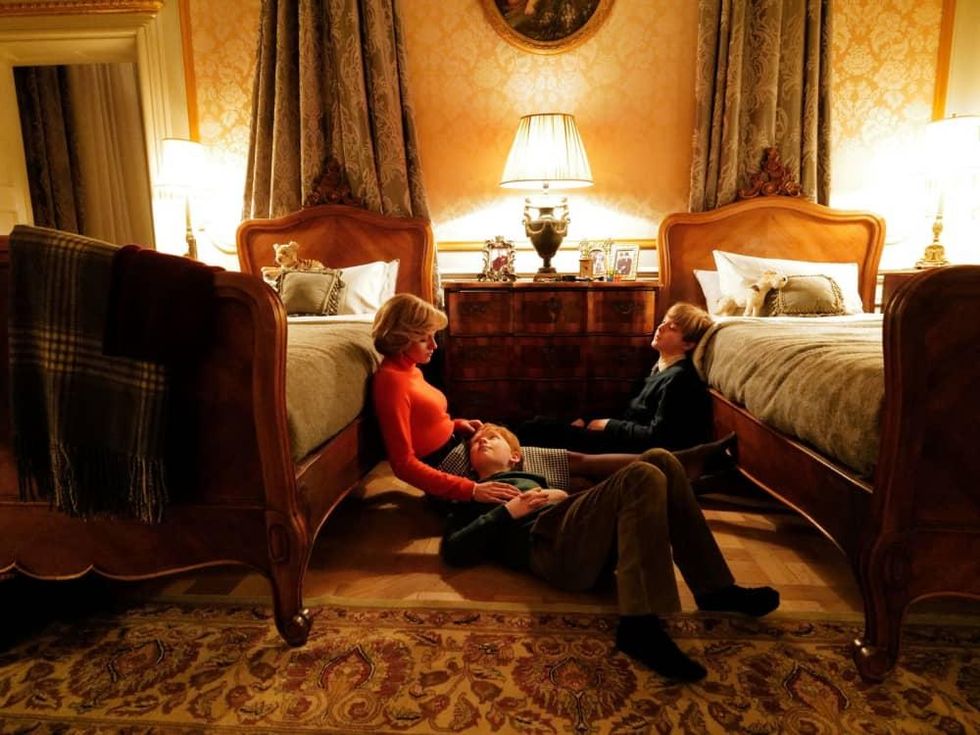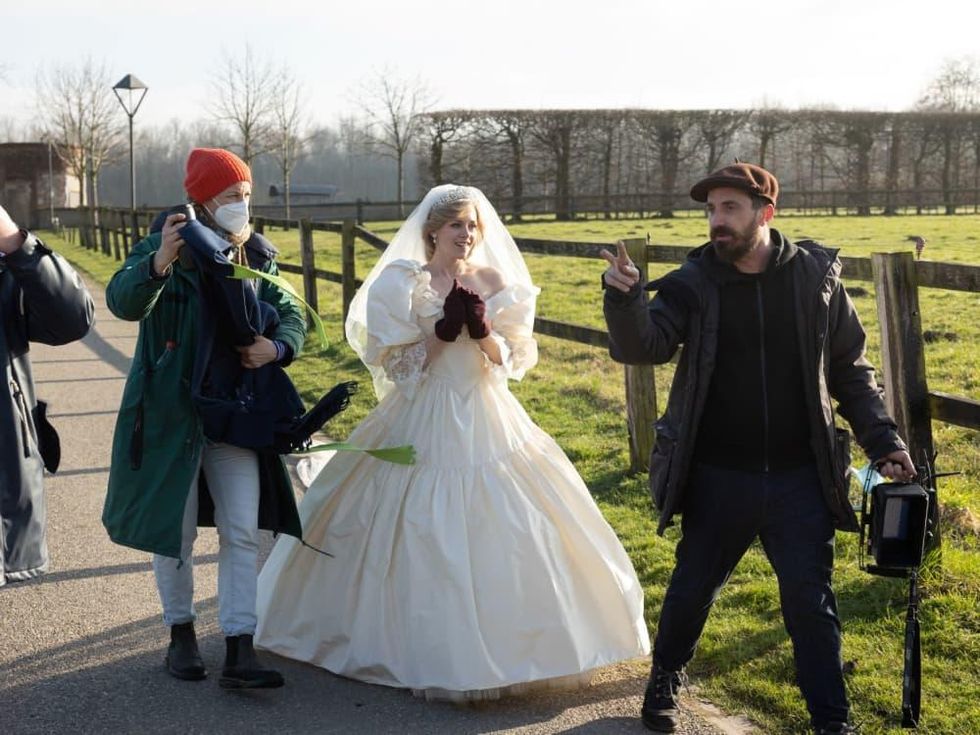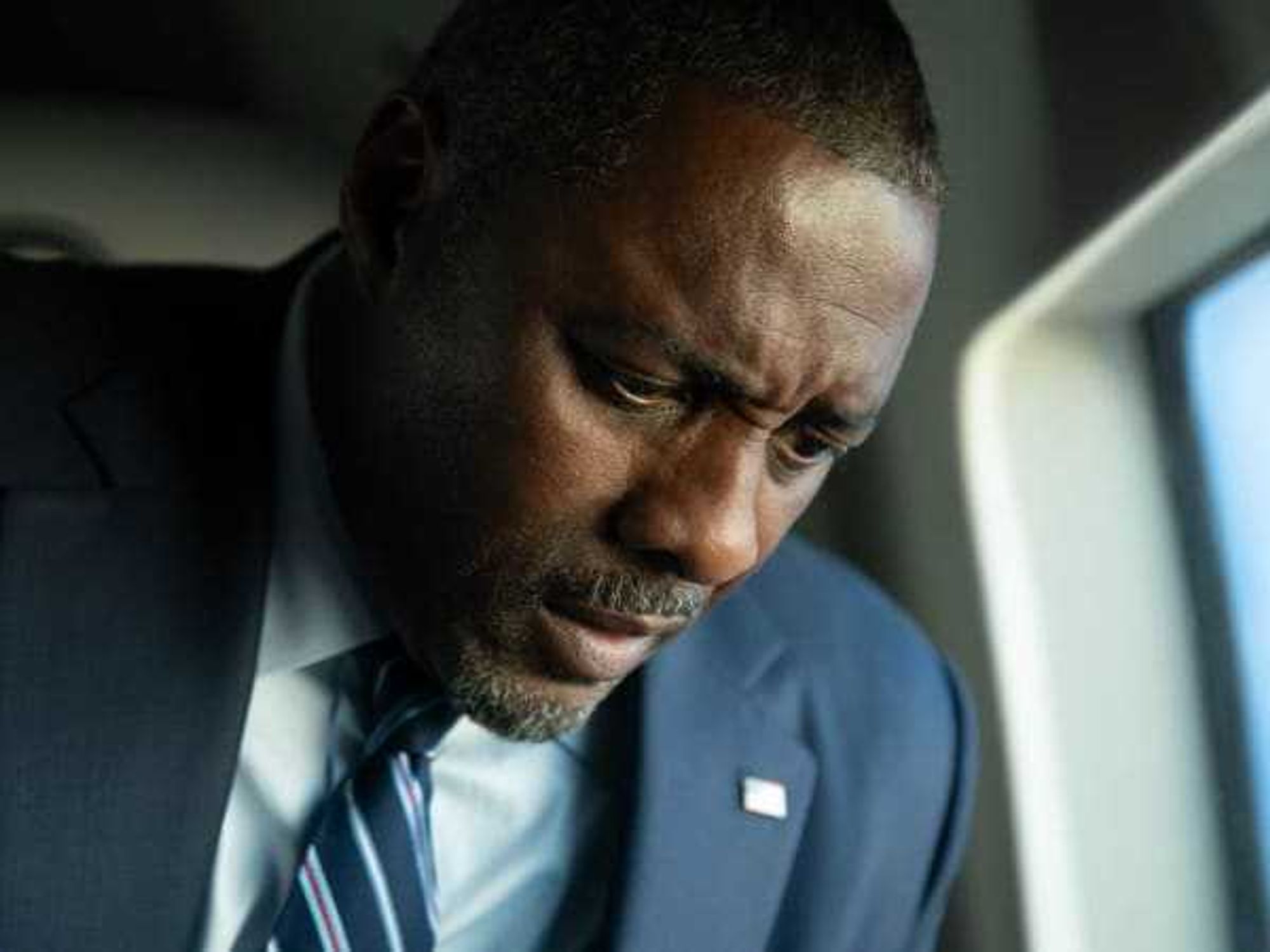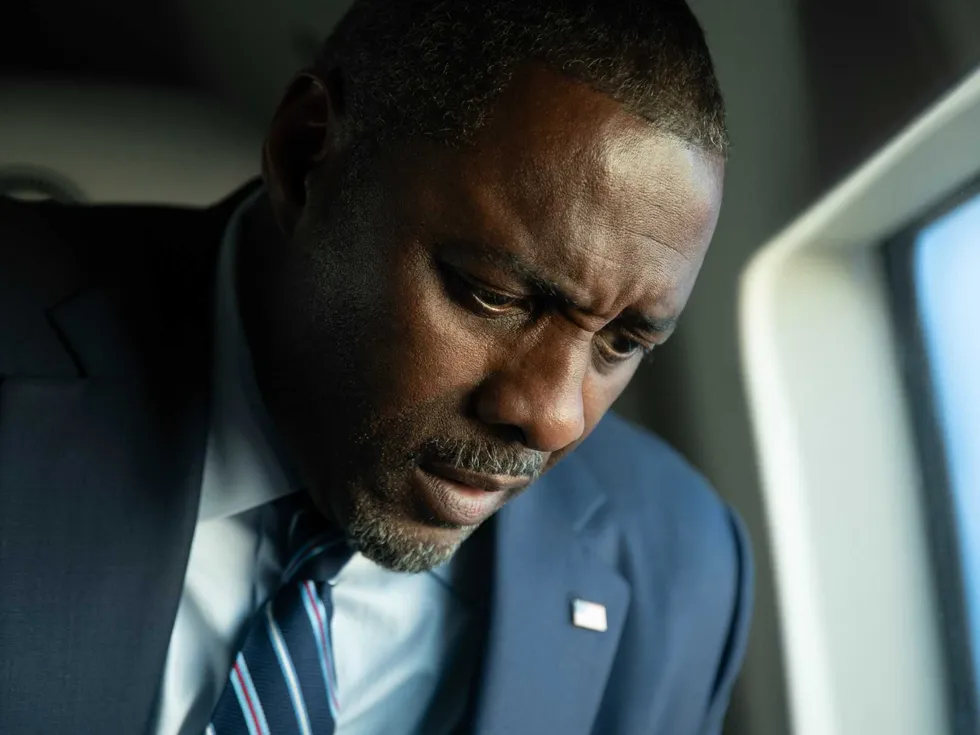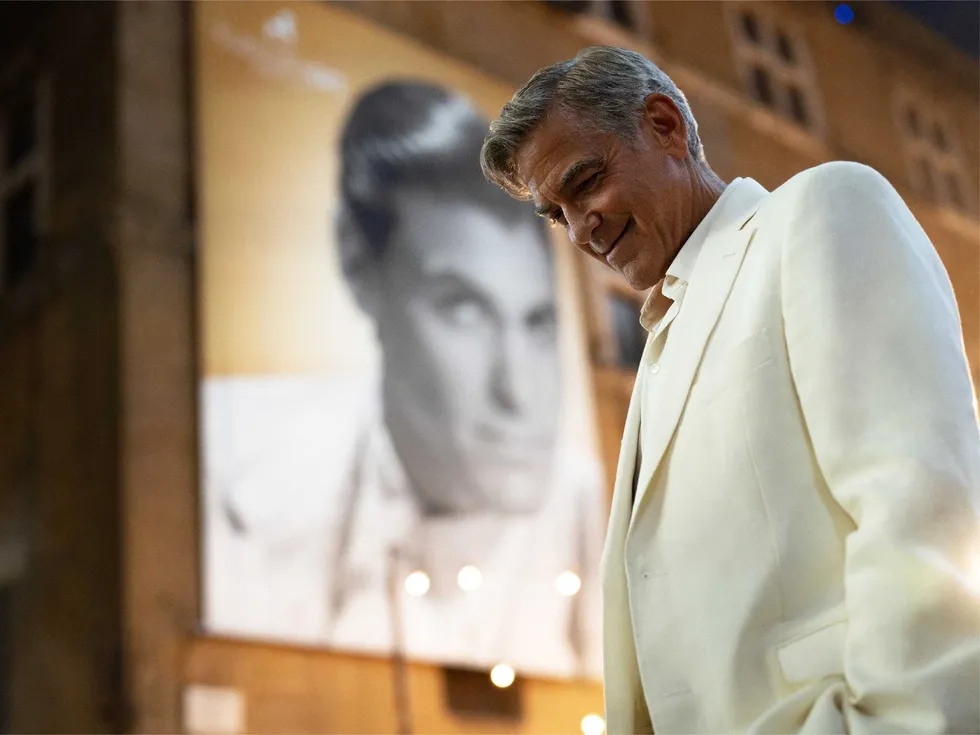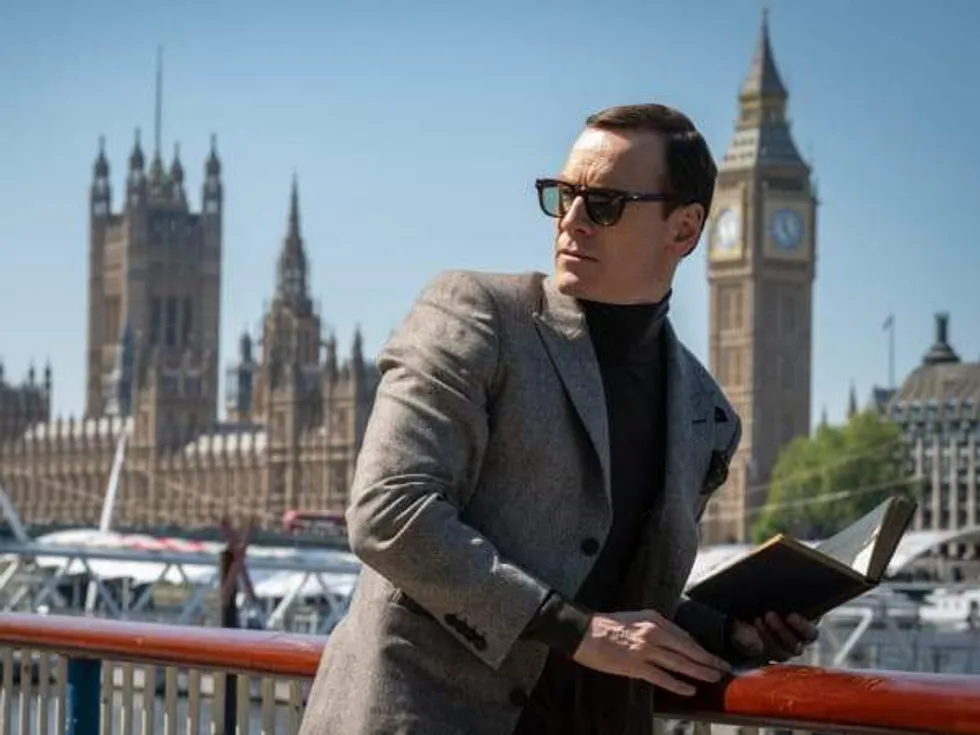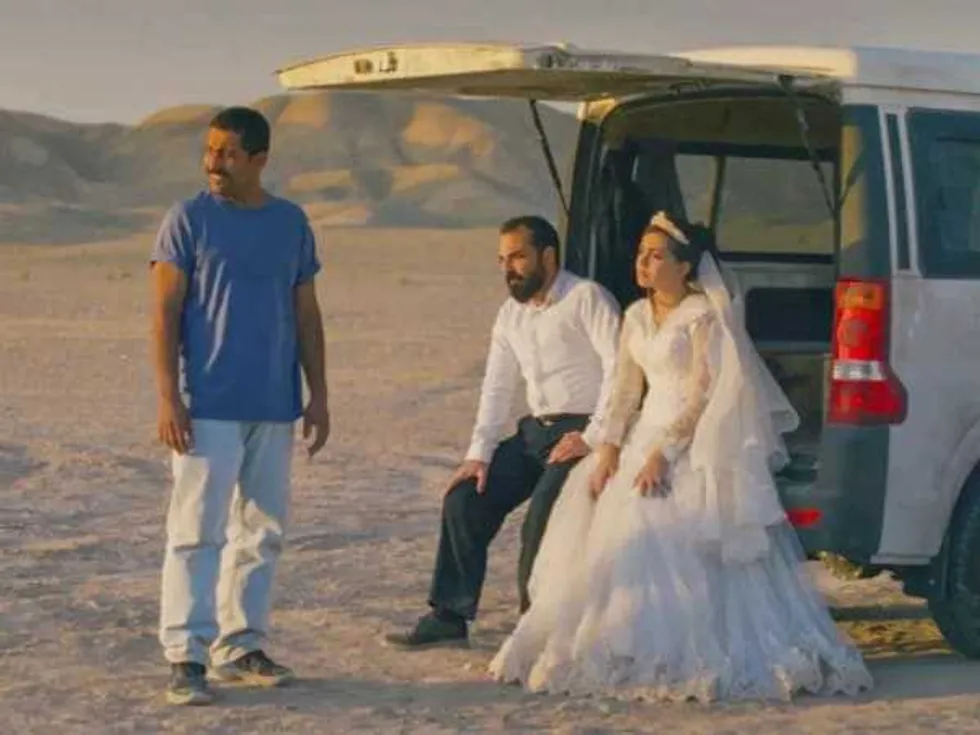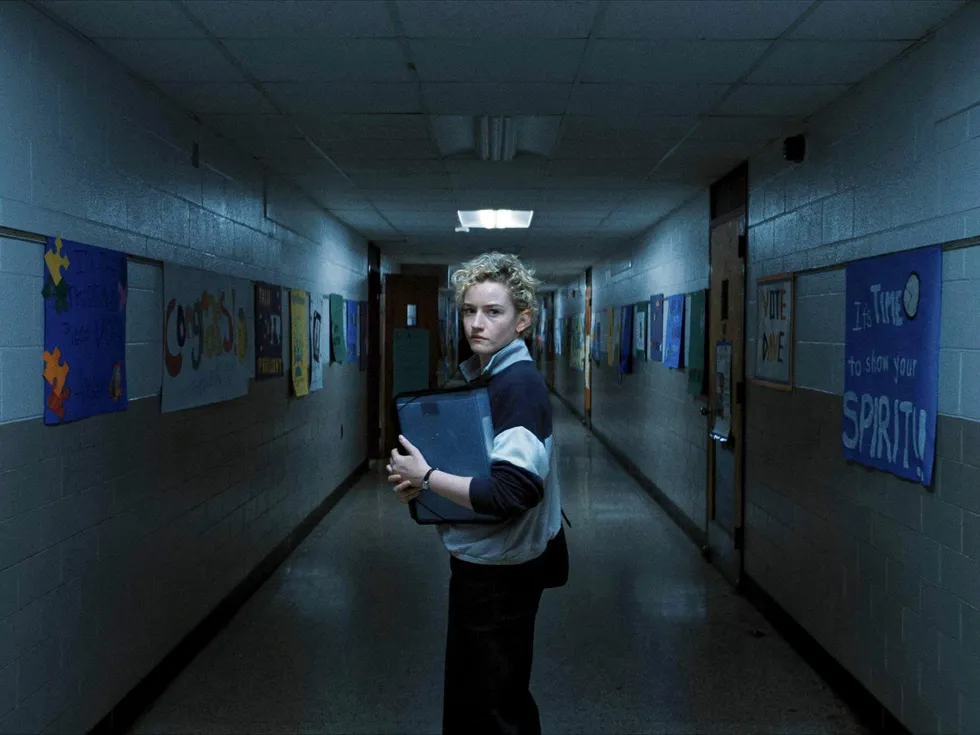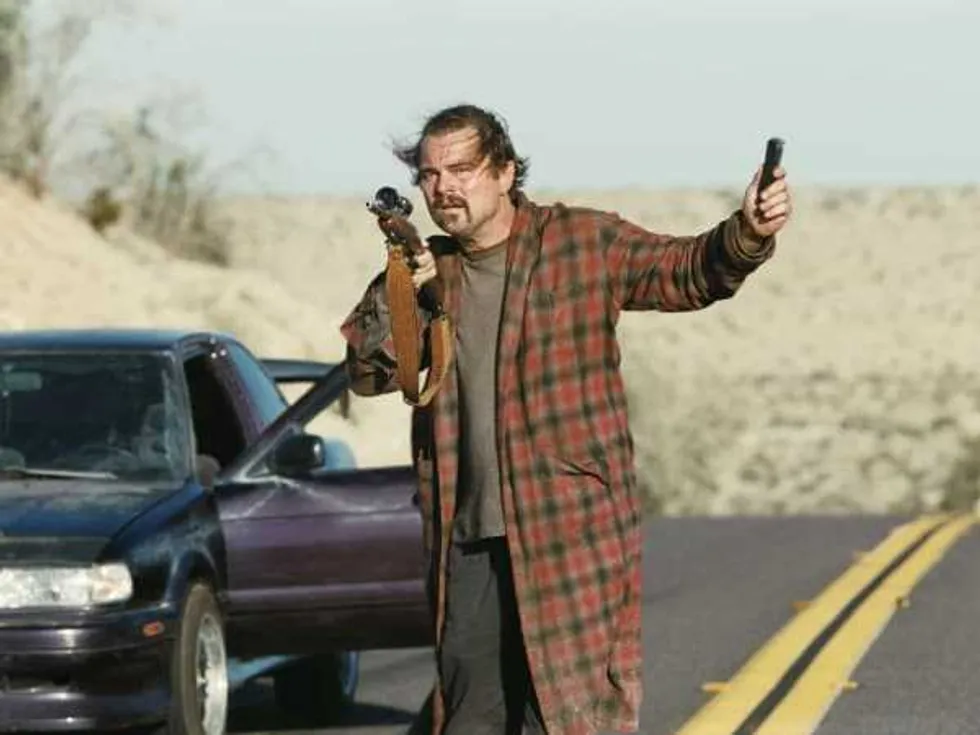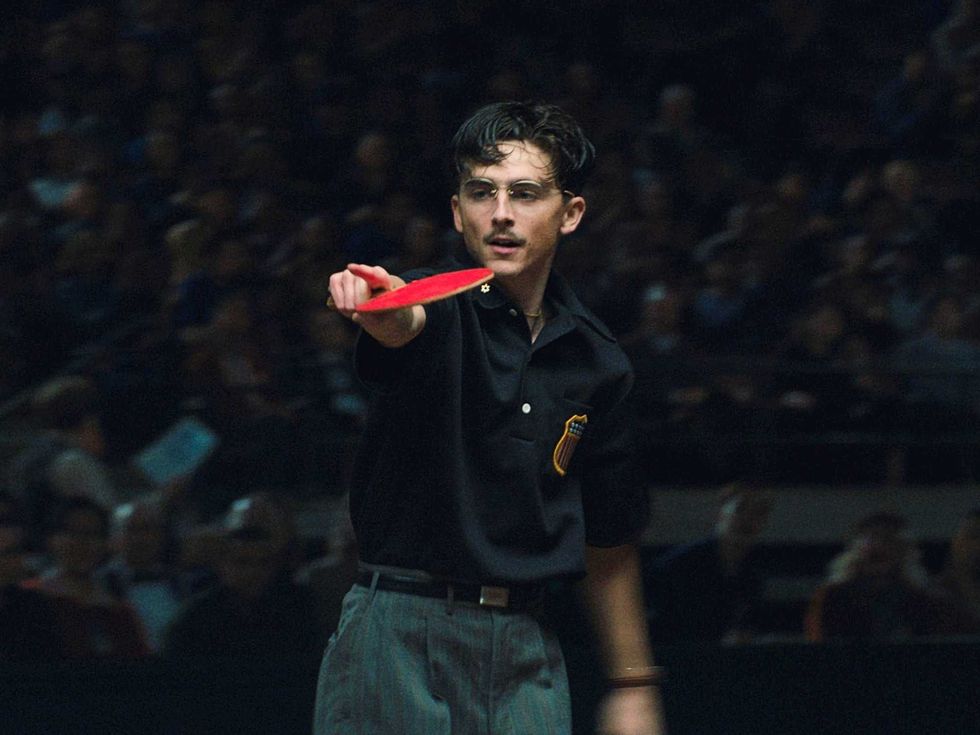Movie review
Absurdity reigns in the new Princess Diana gobsmacker Spencer
In her shocking 1992 tell-all Diana: Her True Story, Princess Diana (secretly, through author Andrew Morton) laid bare all her sins and secrets from behind palace walls: she’d suffered from bulimia; inflicted self-harm and attempted suicide; felt disconnected from and spied on by the royal family; and wanted to leave her disastrous marriage to Prince Charles, who'd had an ongoing affair with Camilla Parker Bowles.
To make the new film Spencer, it seems director Pablo Larrain and writer Steven Knight threw daggers at that book, landed on their favorite naughty bits and negative traits, piled them all onto the princess, and shoved them into one imaginary holiday weekend horror show. To wit: Diana's revelation, on page 103, that her husband asked her at mealtimes (in reference to her bulimia), “Is that going to reappear later? What a waste” becomes a scene in the film in which he asks her around the Christmas breakfast table not to “regurgitate” the meal that the hens and bees and fishermen worked so hard to provide.
The toilet is a good place to start talking about the movie because, in a film that purports to be about the weekend Diana decides to leave her husband and the royal family, she actually interacts more with the royal commodes than she does with any member of the royal family, including her husband. (Was that indelicate? We could move on to her secretly scarfing down pastries in the refrigerator; hallucinating about Anne Boleyn before her big be-heading; or cutting her arm with wire cutters.)
Admittedly, this reviewer is a huge fan of Princess Diana and royally obsessed with the British royal family.
Diana, Princess of Wales was no saint or martyr, and Hollywood has no obligation to treat her as such, no matter how revered she still is 24 years after her death, or how beloved her children and their families are today. But by most accounts, she earned the title of “People’s Princess” by being a warm human being who treated others with dignity and made them feel good. The new film — labeled a “biographical psychological drama” — is a cold, dreary, and ultimately bizarre slog that treats the Princess of Wales as an unstable victim descending into madness and buckling under the weight of her tiara.
It's a royal beat-down of a woman for the sake of "art."
It's gratuitous, it's sexist.
And it's absurd.
The label that flashes at the beginning — “A fable from a true tragedy” — is a warning that the filmmakers will be playing fast and loose with the truth. Royal watchers will recognize that much of it doesn’t even make sense.
Spencer is set on the three-day Christmas holiday, supposedly in 1991 and supposedly as Princess Diana and Prince Charles’ marriage had hit rock bottom; in real life, they did separate in ‘92 — the year Queen Elizabeth famously called her annus horribilis. This paragraph is more set-up than audiences will get on screen; no year is given and there’s no backstory given on how we got here — to the marriage breakup, the mental “crack-ups,” or the bathroom upchucks. The marriage is actually hardly even talked about.
So if you don’t know the history of the war of the Waleses, you’ll find yourself lost from the start.
“Lost” is just how Diana (Kristen Stewart) enters the picture, as she is inexplicably driving herself in a top-down convertible to Sandringham House, where the royal family spends every Christmas — and can’t find her way. Just as the viewer is tempted to yell, “Where’s your driver and your security, you, the most famous woman in the world?”, a chef from Sandringham shows up and asks that exact thing. The chef’s name is Darren — that is, Darren McGrady (Sean Harris), Diana’s royal chef and a cookbook author who now lives in Dallas and caters parties. He will turn out to be one of her only friends and one of the only remotely likable characters in the film.
Even though, by 1991, it would have been Diana’s 11th Christmas with the royals, she somehow keeps committing royal-rookie faux pas — like arriving after the queen to parties and messing up the pre-set order of her outfits.
And while she frowns on the family’s dedication to traditions from long ago (telling her boys, “Here there’s no future tense, past and present are the same”), she also develops an obsession with going back to her past — even though, in real life, her childhood wasn't all that great. Her childhood home (Park House, on the Sandringham estate) is so close, she can break out of the palace and walk to it.
And thus becomes the crux of the film — her yearning to go back to “Spencer,” her maiden name, her true, pre-Princessy self before she married a prince and became his royal prisoner.
Even though it’s Christmas — Queen Elizabeth loves Christmas! — the joyless family of royal monsters barely interacts and the house is always cold. In real life, Chef McGrady writes in Eating Royally, Sandringham was “warm, welcoming, and easy to spend time in” — Diana’s favorite royal residence, in fact.
But “cold house” is one of the many symbols and allegories the filmmakers use to craft this fable without any forward-moving story — along with a scarecrow keeping watch, wild horses being tamed, pheasants as “beautiful but not very bright” birds worthy of being shot, and a pearl necklace as a yoke to the royal family that must be yanked off for her to be free.
Diana — always being watched and tattled on by house staff, including equerry Alistair Gregory (Timothy Sprall) — spirals deeper into despair, culminating in a weird scene inside her childhood home that plays out like a haunted house.
If only she, Prince William (Jack Nielen), and Prince Harry (Freddy Spry) could get a miracle, she tells them in one of the sweeter interactions in the film. And oh, there it is, at the end, when she suddenly decides to pick them up in her sportscar and whisk them off for some drive-thru KFC (name on the order: “Spencer”) and home to their London palace. Cue Mike & the Mechanics’ "All I Need Is a Miracle."
There’s been much hype about Kristen Stewart’s portrayal of Princess Diana. She’s fine with what she’s given — an impossible icon to mimic and a blonde wig that’s more mid-'80s winged bob-Diana than 1991 curly-crop-cut Diana. (Naomi Watts looked more like her in 2013’s Diana.) Stewart speaks in a crisp cadence of sentence fragments, in a breathy whisper that might have been like Diana’s voice but sure could use some dialing up for the audience’s sake; it’s hard to catch what she says sometimes.
Unlike Stewart, costume designer Jacqueline Durran should bring home all the awards. Diana’s famously fashionable designer wardrobe brings life and character to even the darkest scenes. In many frames, her outfit — a colorful tweed suit, a white blouse and turquoise pencil skirt, or a white sequin ball gown — is the only color in front of brown trees or drab outfits others are wearing. Chanel gets a special thanks in the credits.
Finally, there’s the music. Radiohead's Jonny Greenwood composed a haunting score of downward melodic cadences played sometimes on solo piano, other times on a cello or string ensemble that sets a dour mood. Sometimes a dissonant chord or loud jazz trumpet is thrown in for some cacophony; the volume often is cranked up to overwhelming, distracting levels for dramatic effect. The lovely choral anthem in the official trailer mischaracterizes the film entirely.
The music certainly adds to the dark-and-twisty mood, and nowhere is that more evident than in church. The Christmas Day service ends, and instead of a happy, meaningful Christmas tune — say, "God Rest Ye Merry, Gentlemen" or "Silent Night" — the organist plays a variation of the movie score’s serious and dramatic theme as Diana and the others exit the sanctuary.
As if to drive home the point, one more time, “No resting merrily or sleeping in heavenly peace for you, Princess Diana.”
---
Spencer opens in theaters November 5.

